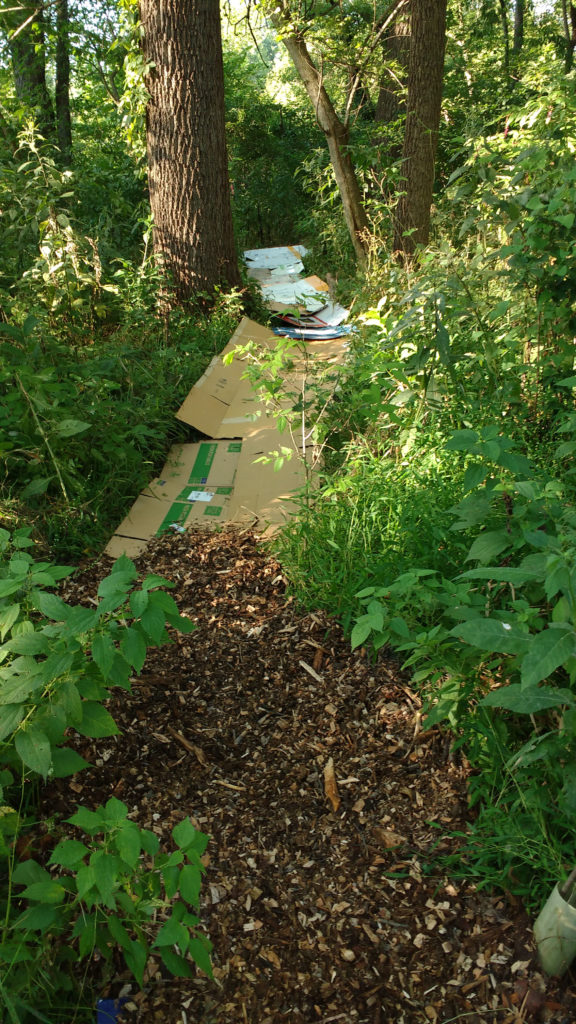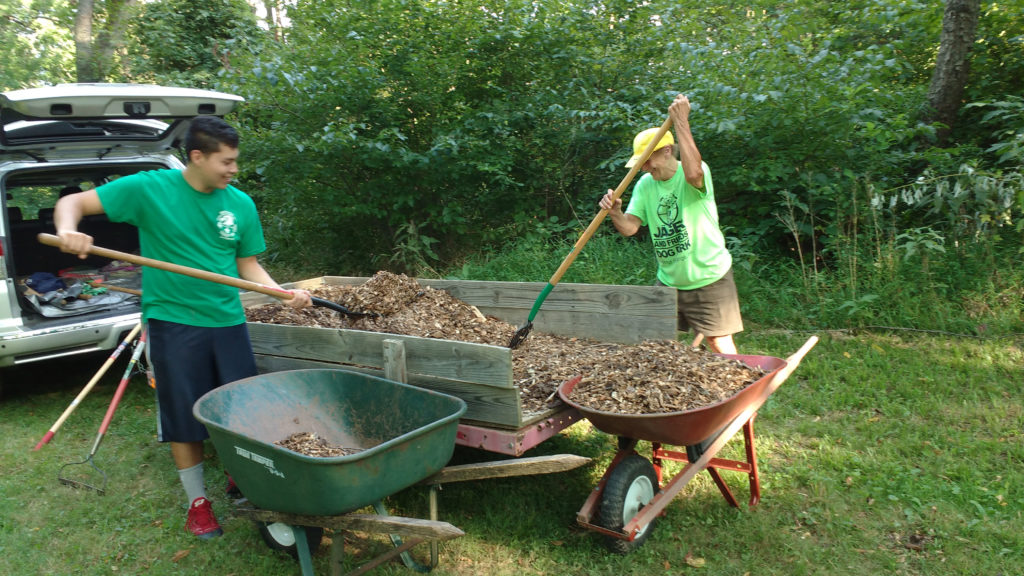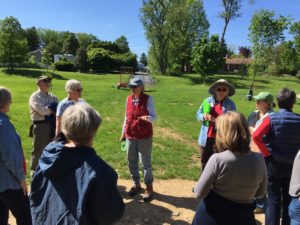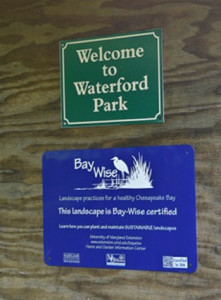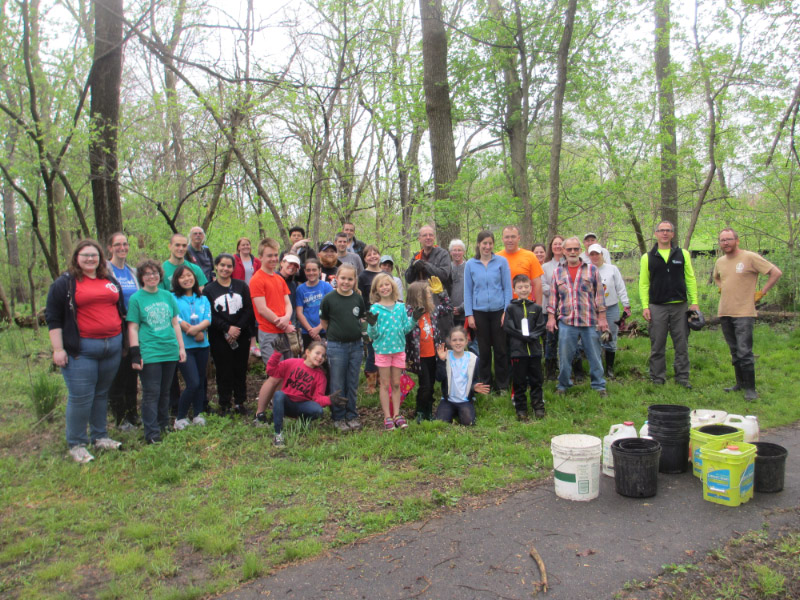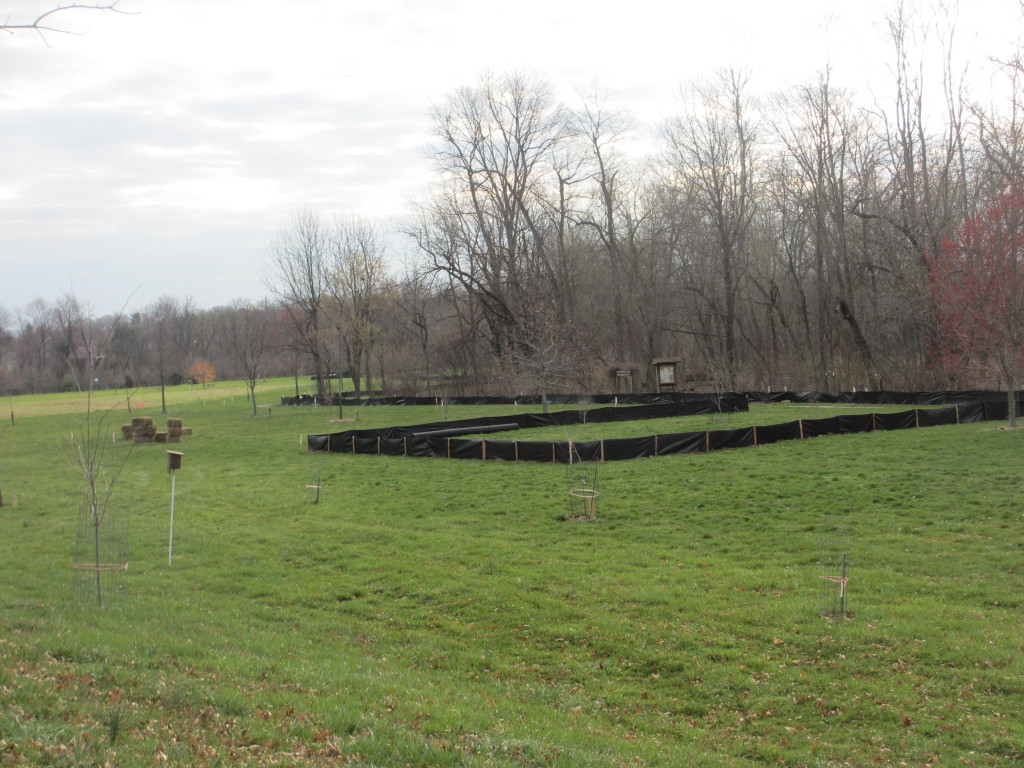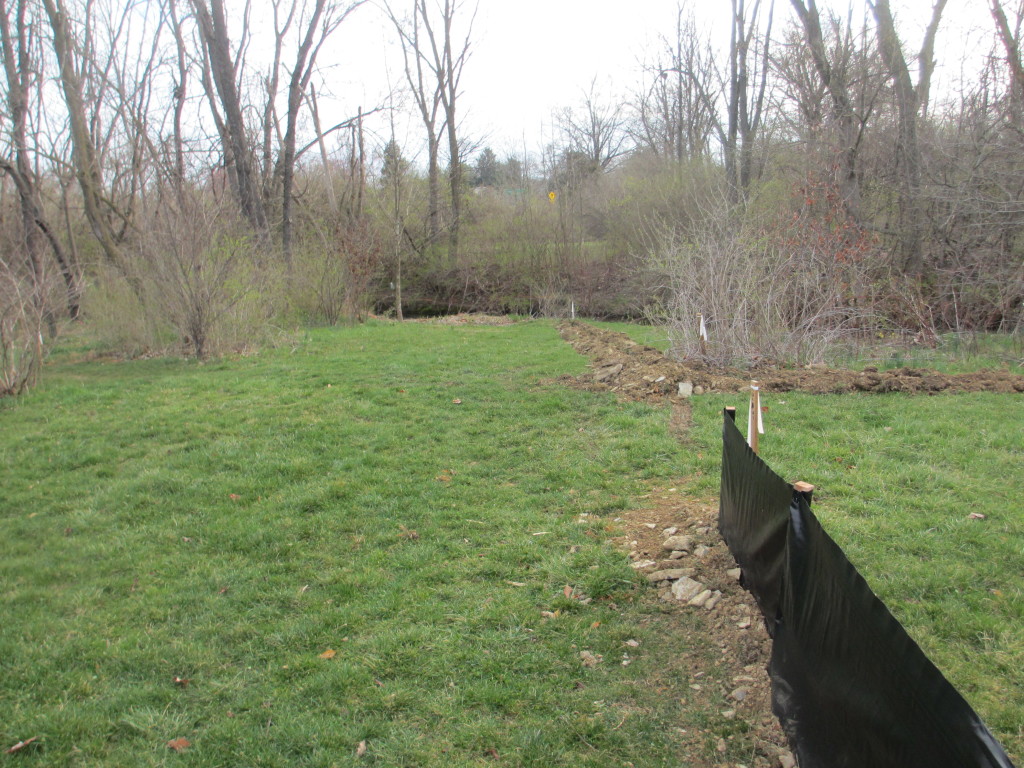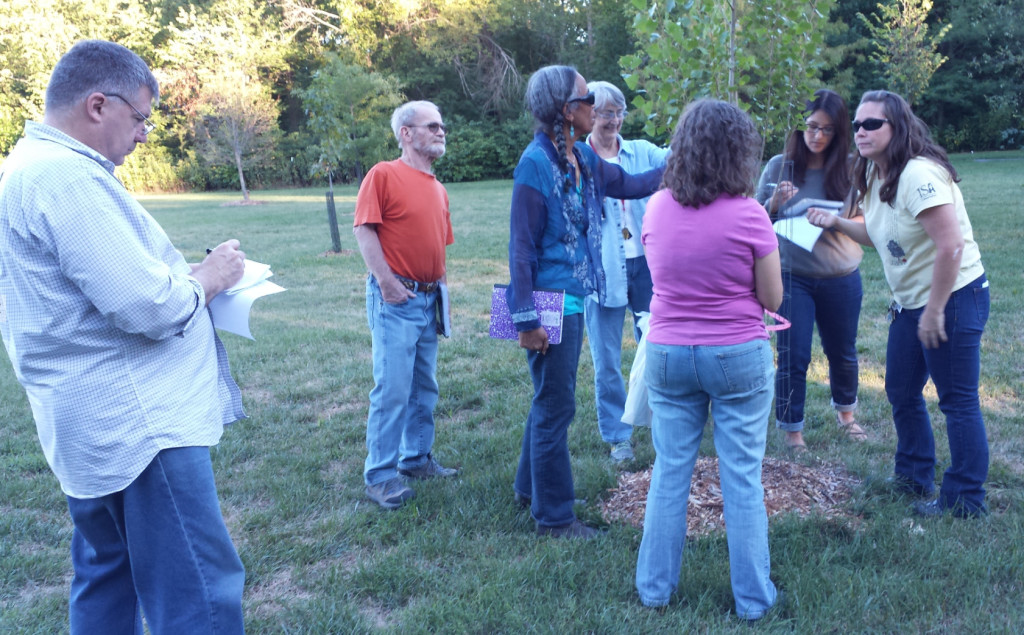In Your Garden, Choose Plants That Help the Environment
By DOUGLAS W. TALLAMYMARCH 11, 2015
OXFORD, Pa. — I GREW up thinking little of plants. I was interested in snakes and turtles, then insects and, eventually, birds. Now I like plants. But I still like the life they create even more.
Plants are as close to biological miracles as a scientist could dare admit. After all, they allow us, and nearly every other species, to eat sunlight, by creating the nourishment that drives food webs on this planet. As if that weren’t enough, plants also produce oxygen, build topsoil and hold it in place, prevent floods, sequester carbon dioxide, buffer extreme weather and clean our water. Considering all this, you might think we gardeners would value plants for what they do. Instead, we value them for what they look like.
When we design our home landscapes, too many of us choose beautiful plants from all over the world, without considering their ability to support life within our local ecosystems.
Last summer I did a simple experiment at home to measure just how different the plants we use for landscaping can be in supporting local animals. I compared a young white oak in my yard with one of the Bradford pears in my neighbor’s yard. Both trees are the same size, but Bradford pears are ornamentals from Asia, while white oaks are native to eastern North America. I walked around each tree and counted the caterpillars on their leaves at head height. I found 410 caterpillars on the white oak (comprising 19 different species), and only one caterpillar (an inchworm) on the Bradford pear.
Was this a fluke? Hardly. The next day I repeated my survey on a different white oak and Bradford pear. This time I found 233 caterpillars on the white oak (comprising 15 species) and, again, only one on the Bradford pear.
Why such huge differences? It’s simple: Plants don’t want to be eaten, so they have loaded their tissues with nasty chemicals that would kill most insects if eaten. Insects do eat plants, though, and they achieve this by adapting to the chemical defenses of just one or two plant lineages. So some have evolved to eat oak trees without dying, while others have specialized in native cherries or ashes and so on.
But local insects have only just met Bradford pears, in an evolutionary sense, and have not had the time — millennia — required to adapt to their chemical defenses. And so Bradford pears stand virtually untouched in my neighbor’s yard.
In the past, we thought this was a good thing. After all, Asian ornamentals were planted to look pretty, and we certainly didn’t want insects eating them. We were happy with our perfect pears, burning bushes, Japanese barberries, porcelain berries, golden rain trees, crape myrtles, privets, bush honeysuckles and all the other foreign ornamentals.
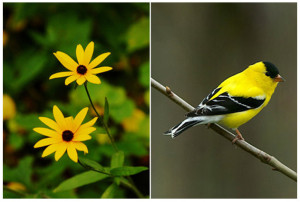 But there are serious ecological consequences to such choices, and another exercise you can do at home makes them clear. This spring, if you live in North America, put up a chickadee nest box in your yard. If you are lucky, a pair of chickadees will move in and raise a family. While they are feeding their young, watch what the chickadees bring to the nest: mostly caterpillars. Both parents take turns feeding the chicks, enabling them to bring a caterpillar to the nest once every three minutes. And they do this from 6 a.m. until 8 p.m. for each of the 16 to 18 days it takes the chicks to fledge. That’s a total of 350 to 570 caterpillars every day, depending on how many chicks they have. So, an incredible 6,000 to 9,000 caterpillars are required to make one clutch of chickadees.
But there are serious ecological consequences to such choices, and another exercise you can do at home makes them clear. This spring, if you live in North America, put up a chickadee nest box in your yard. If you are lucky, a pair of chickadees will move in and raise a family. While they are feeding their young, watch what the chickadees bring to the nest: mostly caterpillars. Both parents take turns feeding the chicks, enabling them to bring a caterpillar to the nest once every three minutes. And they do this from 6 a.m. until 8 p.m. for each of the 16 to 18 days it takes the chicks to fledge. That’s a total of 350 to 570 caterpillars every day, depending on how many chicks they have. So, an incredible 6,000 to 9,000 caterpillars are required to make one clutch of chickadees.
And chickadees are tiny birds: just a third of an ounce. What if you wanted to support red-bellied woodpeckers in your yard, a bird that is about eight times heavier than a chickadee? How many caterpillars would that take?
What we plant in our landscapes determines what can live in our landscapes. Controlling what grows in our yards is like playing God. By favoring productive species, we can create life, and by using nonnative plants, we can prevent it.
An American yard dominated by Asian ornamentals does not produce nearly the quantity and diversity of insects needed for birds to reproduce. Some might argue that we should just let those birds breed “in nature.” That worked in the past, but now there simply is not enough “nature” left. And it shows. Many bird species in North America have declined drastically in the past 40 years.
Fortunately, more and more gardeners are realizing that their yards offer one of the most empowering conservation options we have, and are sharing their properties with the nature around them.
By the way, you might assume that my oak was riddled with unsightly caterpillar holes, but not so. Since birds eat most of the caterpillars before they get very large, from 10 feet away the oak looked as perfect as a Bradford pear.
Douglas W. Tallamy, a professor of entomology and wildlife ecology at the University of Delaware, is the author of “Bringing Nature Home: How You Can Sustain Wildlife With Native Plants.”

